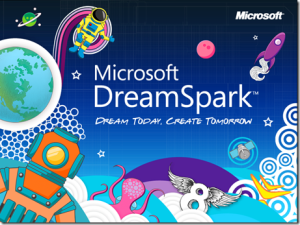 Today my picks for useful teacher tools are both related. HTML stands for Hyper-text Markup Language. It is the code used to create web pages, among other things. The code allows us to present text and other visible features through an HTML aware browser and allows us to create links to other documents using the anchor tag.
Today my picks for useful teacher tools are both related. HTML stands for Hyper-text Markup Language. It is the code used to create web pages, among other things. The code allows us to present text and other visible features through an HTML aware browser and allows us to create links to other documents using the anchor tag.
Every teacher should be able to write basic HTML and know the common tags. Teachers should also be familiar with creating and uploading web documents to a site. HTML is becoming the most common way to present content to students both in the classroom and remotely. LMS systems like Canvas or Moodle all use HTML to present content and they allow you to edit HTML tags in order to more accurately control the material that you present in your classroom pages. Being able to control the placement of text around an image, for example, is important to the presentation of your material. If your pages are difficult or uncomfortable to read, it is likely that students will not read them. You owe it to yourself and your students to learn the basics of HTML and web design and to use those tools as you create your materials.
The other part of this partnership is the use of Cascading Style Sheets to format and control the appearance of your material. It is an established design principle that content and formatting should be separate. Having the information in a different document from the formatting instructions allows you to change the appearance of your material without having to modify, or even touch, your material. You can also edit your content without having to wade through presentation markup. The current web model uses a markup technology called Cascading Style Sheets (CSS) to accomplish this feat. The content is stored in an HTML document as basically paragraphs of text with no formatting. The paragraphs are tagged with class and id names that allow the author to assign presentation information even down to a single letter of a word or sentence. CSS allows us to separate and update presentation and appearance for an HTML document without having to disturb the content and without having to search through the content for formatting tags. To become a better teacher in the 21st century classroom you should commit right now to learning at least the basics of HTML and CSS and then establishing an online presence. Build an educational philosophy page, a curriculum vitae, or a blog site to discuss the things that are important to you.
